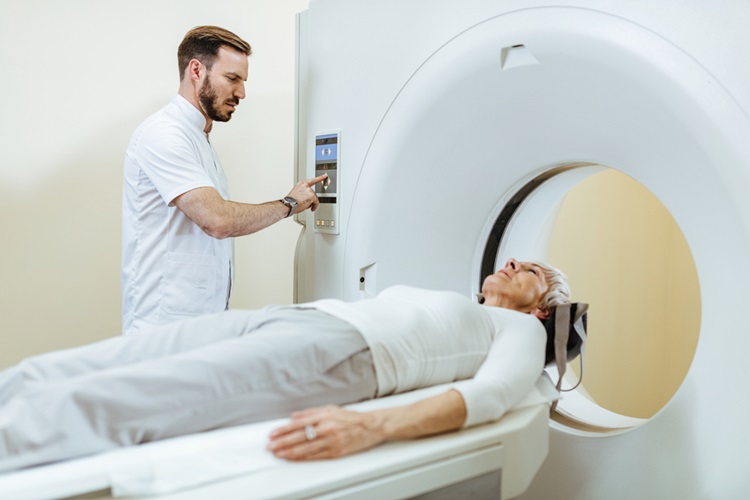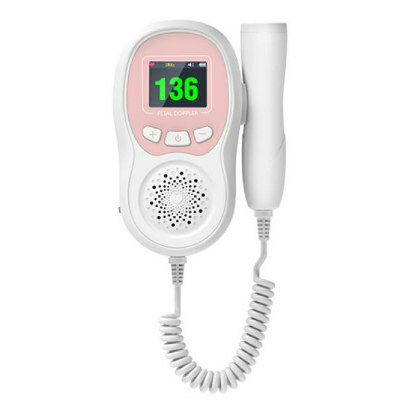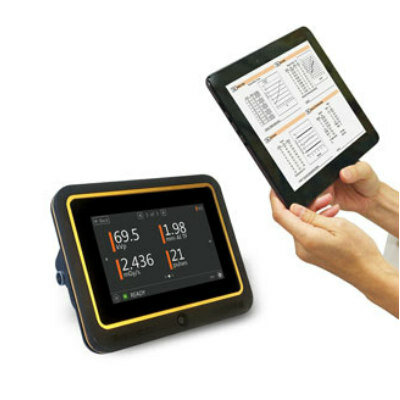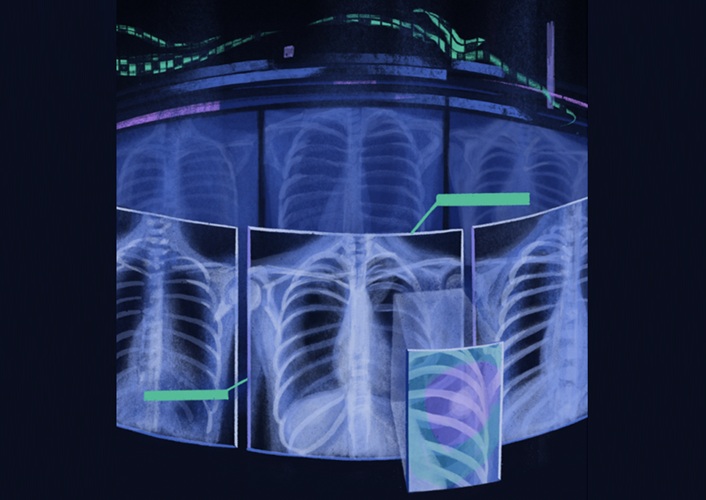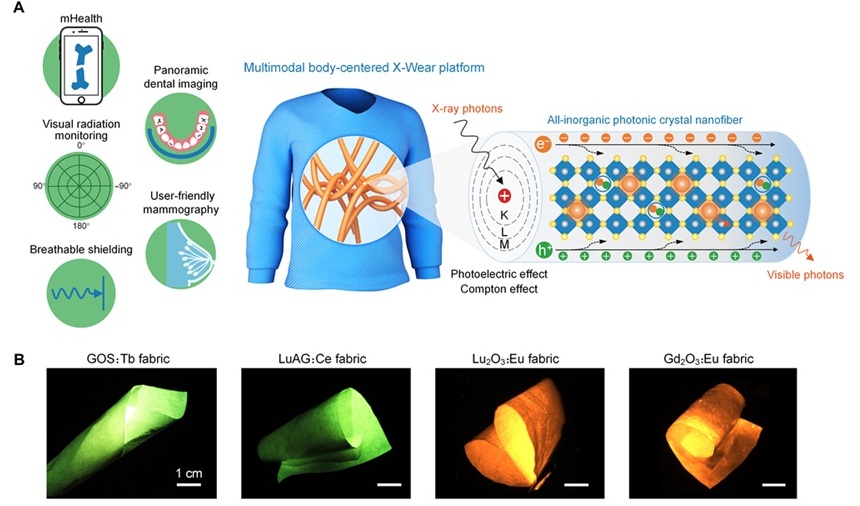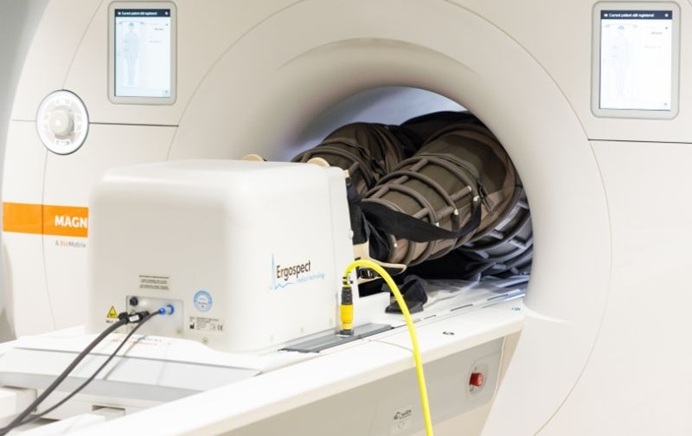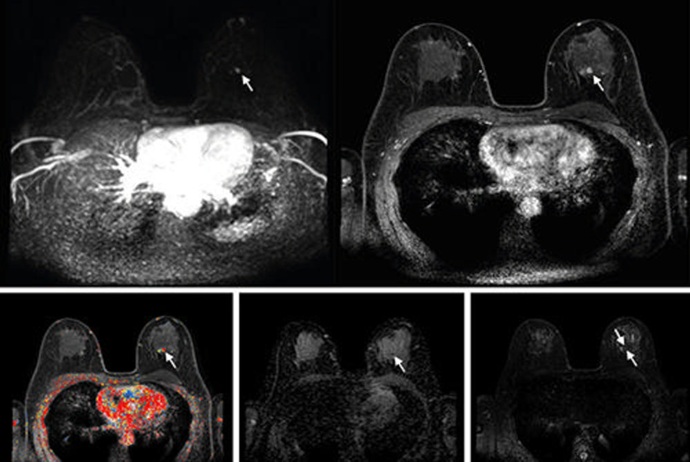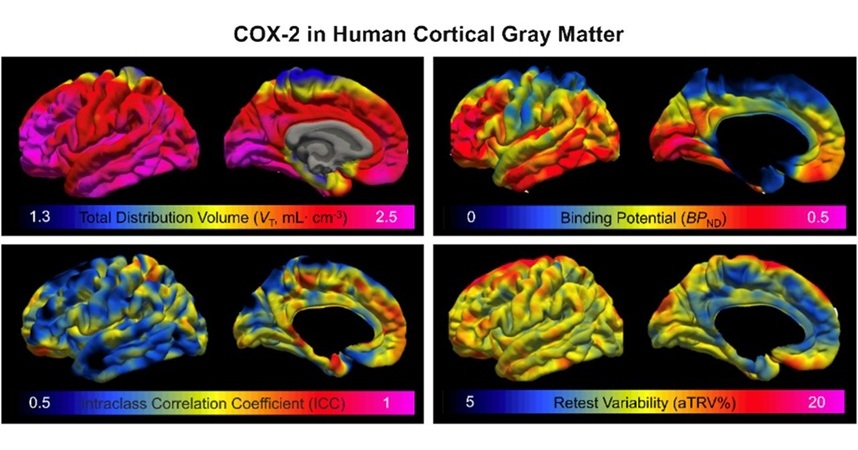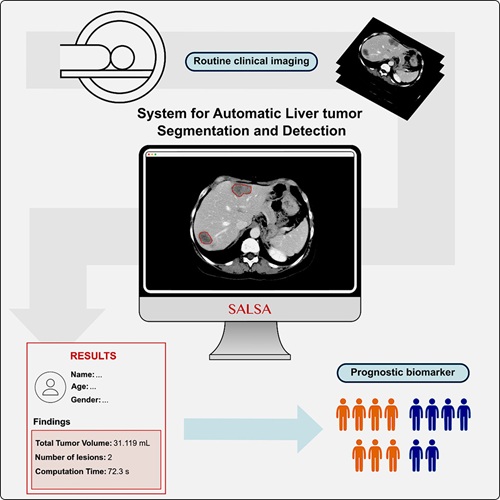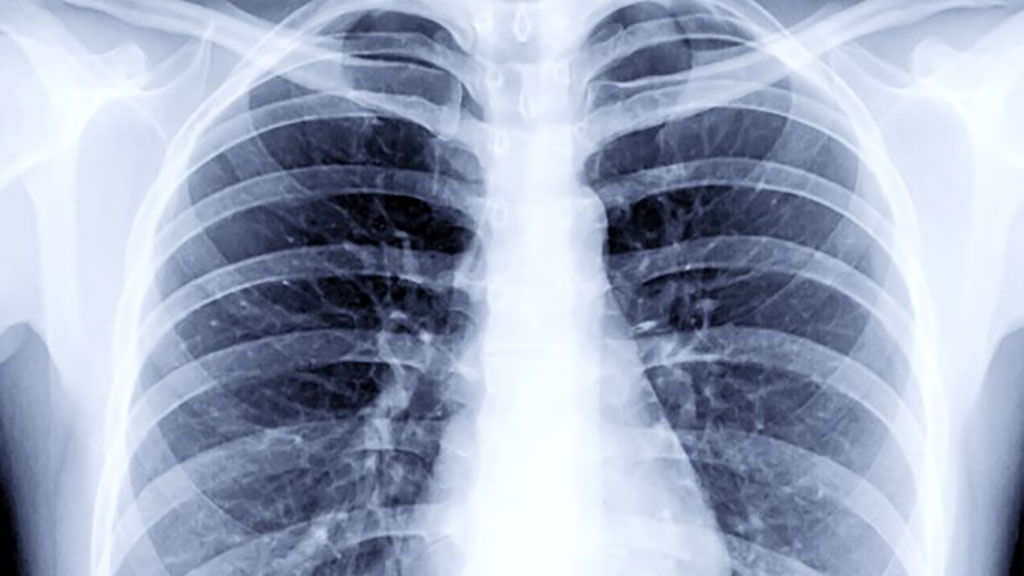Lung Ultrasound Identifies Patients with Coronavirus
|
By MedImaging International staff writers Posted on 06 Apr 2020 |
A new study outlines four brief acquisition protocols for performing lung ultrasonography on patients with COVID-19.
The protocols, developed at the University of Pavia (Italy), Valle del Serchio General Hospital (Lucca, Italy), the University of Trento (Italy), and other institutions outline the best probe to use, where clinicians should look for artifacts, where to set the focus, and how to visualize the widest surface possible with one scan. The protocols are based on finding that COVID-19 patients develop thickened pleura, B-lines, subpleural consolidations, and other hallmark lung ultrasound artifacts.
The four acquisition protocols include the following recommendations:
• Use of linear probes, as these can best capture the detail of pleural and subpleural artifacts; convex probes are also appropriate.
• Using a single focal point modality at the pleural line, instead of focusing at multiple locations.
• Scans should preferably be performed in intercostal spaces, as opposed to an orthogonal view of the ribs. This enables clinicians to see the widest surface possible with one scan.
• Artifacts should be looked for in multiple areas and bilaterally to see the extent of the affected lung surface, specifically in the apical, medial, and basal sections of the anterior midclavicular and posterior paraspinal sections, and in the apical and basal lateral axillary areas.
The study was published on March 20, 2020, in the Journal of Ultrasound in Medicine.
“Lung ultrasound can be used for triaging patients before hospital admission, monitoring emergency department patients with pneumonia, managing ventilation and weaning for intensive care unit patients, and evaluating the effects of antiviral medications,” concluded lead author Gino Soldati MD, of the ultrasound unit at Valle del Serchio General Hospital, and colleagues. “This is because ultrasound can identify changes in the ratio between air, tissue, and fluid in the lungs of patients with COVID-19.”
While CT has excellent ability to detect COVID-19, the modality can't be used at patients' bedsides and it puts additional medical staff at risk for virus exposure. As a result, some doctors in China, Spain, and Italy have turned to lung ultrasound as an alternative imaging modality.
Related Links:
University of Pavia
University of Trento
The protocols, developed at the University of Pavia (Italy), Valle del Serchio General Hospital (Lucca, Italy), the University of Trento (Italy), and other institutions outline the best probe to use, where clinicians should look for artifacts, where to set the focus, and how to visualize the widest surface possible with one scan. The protocols are based on finding that COVID-19 patients develop thickened pleura, B-lines, subpleural consolidations, and other hallmark lung ultrasound artifacts.
The four acquisition protocols include the following recommendations:
• Use of linear probes, as these can best capture the detail of pleural and subpleural artifacts; convex probes are also appropriate.
• Using a single focal point modality at the pleural line, instead of focusing at multiple locations.
• Scans should preferably be performed in intercostal spaces, as opposed to an orthogonal view of the ribs. This enables clinicians to see the widest surface possible with one scan.
• Artifacts should be looked for in multiple areas and bilaterally to see the extent of the affected lung surface, specifically in the apical, medial, and basal sections of the anterior midclavicular and posterior paraspinal sections, and in the apical and basal lateral axillary areas.
The study was published on March 20, 2020, in the Journal of Ultrasound in Medicine.
“Lung ultrasound can be used for triaging patients before hospital admission, monitoring emergency department patients with pneumonia, managing ventilation and weaning for intensive care unit patients, and evaluating the effects of antiviral medications,” concluded lead author Gino Soldati MD, of the ultrasound unit at Valle del Serchio General Hospital, and colleagues. “This is because ultrasound can identify changes in the ratio between air, tissue, and fluid in the lungs of patients with COVID-19.”
While CT has excellent ability to detect COVID-19, the modality can't be used at patients' bedsides and it puts additional medical staff at risk for virus exposure. As a result, some doctors in China, Spain, and Italy have turned to lung ultrasound as an alternative imaging modality.
Related Links:
University of Pavia
University of Trento
Latest Ultrasound News
- Non-Invasive Ultrasound-Based Tool Accurately Detects Infant Meningitis
- Breakthrough Deep Learning Model Enhances Handheld 3D Medical Imaging
- Pain-Free Breast Imaging System Performs One Minute Cancer Scan
- Wireless Chronic Pain Management Device to Reduce Need for Painkillers and Surgery
- New Medical Ultrasound Imaging Technique Enables ICU Bedside Monitoring
- New Incision-Free Technique Halts Growth of Debilitating Brain Lesions
- AI-Powered Lung Ultrasound Outperforms Human Experts in Tuberculosis Diagnosis
- AI Identifies Heart Valve Disease from Common Imaging Test
- Novel Imaging Method Enables Early Diagnosis and Treatment Monitoring of Type 2 Diabetes
- Ultrasound-Based Microscopy Technique to Help Diagnose Small Vessel Diseases
- Smart Ultrasound-Activated Immune Cells Destroy Cancer Cells for Extended Periods
- Tiny Magnetic Robot Takes 3D Scans from Deep Within Body
- High Resolution Ultrasound Speeds Up Prostate Cancer Diagnosis
- World's First Wireless, Handheld, Whole-Body Ultrasound with Single PZT Transducer Makes Imaging More Accessible
- Artificial Intelligence Detects Undiagnosed Liver Disease from Echocardiograms
- Ultrasound Imaging Non-Invasively Tracks Tumor Response to Radiation and Immunotherapy
Channels
Radiography
view channel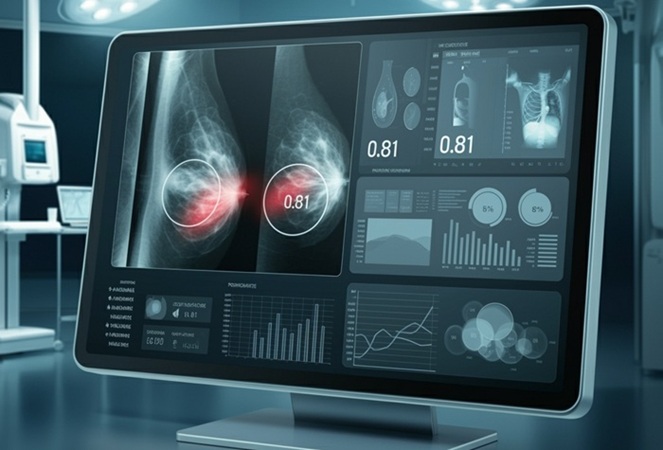
RSNA AI Challenge Models Can Independently Interpret Mammograms
Breast cancer screening aims to detect cancers early while minimizing unnecessary recalls, yet balancing sensitivity and specificity remains a challenge. Automating detection in mammograms could help radiologists... Read more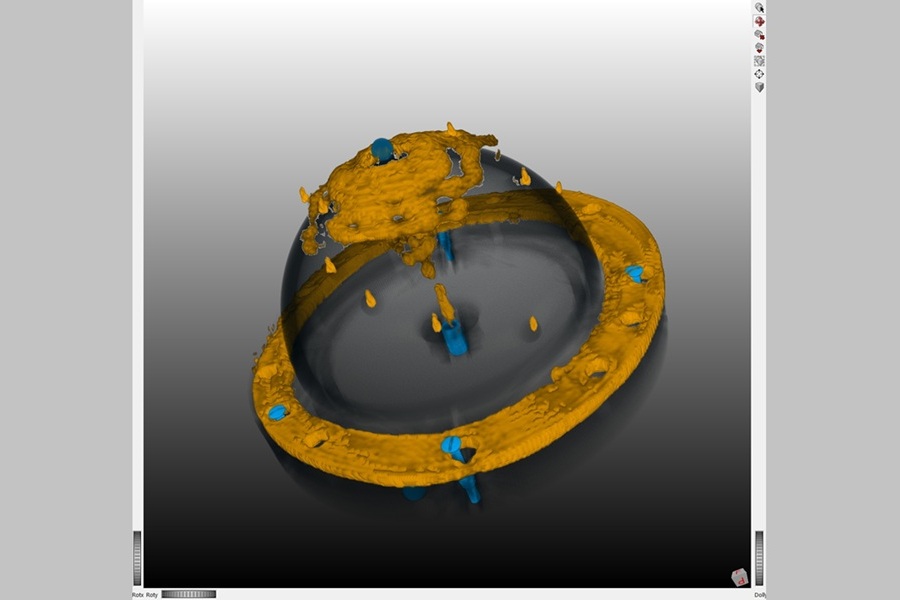
New Technique Combines X-Ray Imaging and Radar for Safer Cancer Diagnosis
X-ray imaging methods, such as mammography and computed tomography (CT) scans, are essential for diagnosing and monitoring breast and lung cancer. While CT provides valuable three-dimensional insights,... Read moreMRI
view channel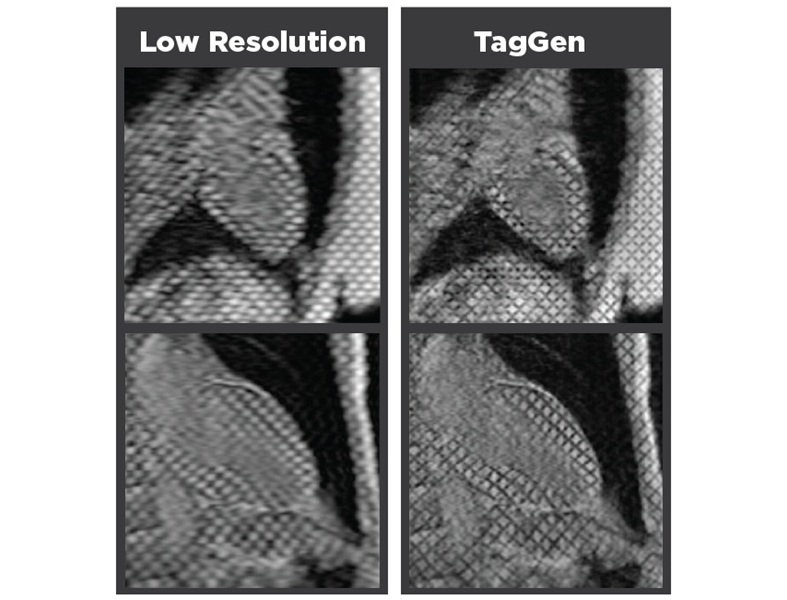
AI-Assisted Model Enhances MRI Heart Scans
A cardiac MRI can reveal critical information about the heart’s function and any abnormalities, but traditional scans take 30 to 90 minutes and often suffer from poor image quality due to patient movement.... Read more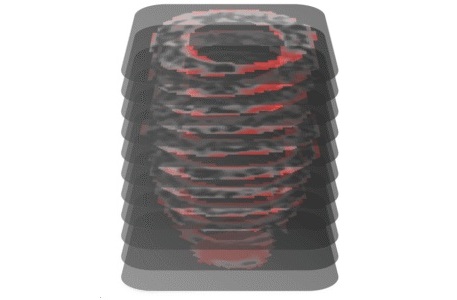
AI Model Outperforms Doctors at Identifying Patients Most At-Risk of Cardiac Arrest
Hypertrophic cardiomyopathy is one of the most common inherited heart conditions and a leading cause of sudden cardiac death in young individuals and athletes. While many patients live normal lives, some... Read moreNuclear Medicine
view channel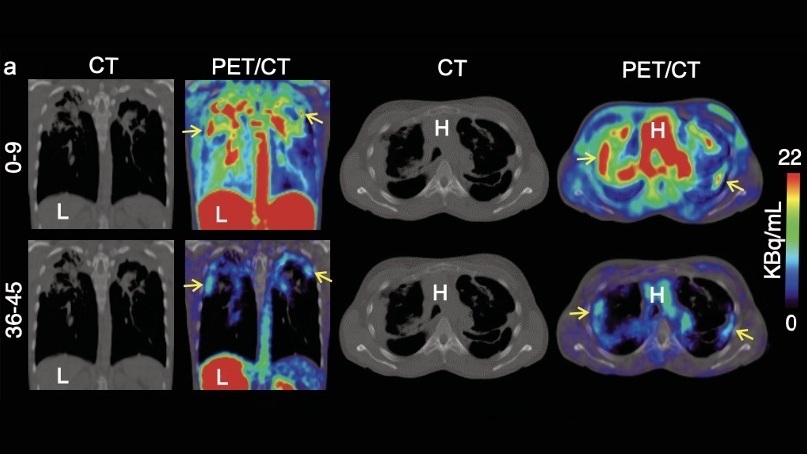
Novel Bacteria-Specific PET Imaging Approach Detects Hard-To-Diagnose Lung Infections
Mycobacteroides abscessus is a rapidly growing mycobacteria that primarily affects immunocompromised patients and those with underlying lung diseases, such as cystic fibrosis or chronic obstructive pulmonary... Read more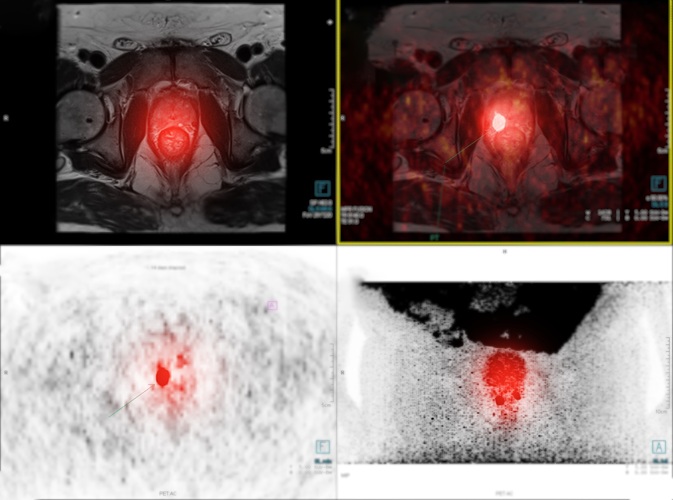
New Imaging Approach Could Reduce Need for Biopsies to Monitor Prostate Cancer
Prostate cancer is the second leading cause of cancer-related death among men in the United States. However, the majority of older men diagnosed with prostate cancer have slow-growing, low-risk forms of... Read moreGeneral/Advanced Imaging
view channel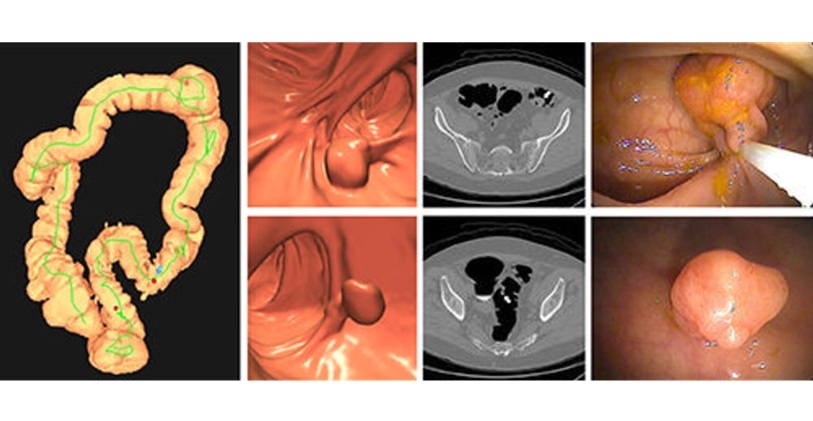
CT Colonography Beats Stool DNA Testing for Colon Cancer Screening
As colorectal cancer remains the second leading cause of cancer-related deaths worldwide, early detection through screening is vital to reduce advanced-stage treatments and associated costs.... Read more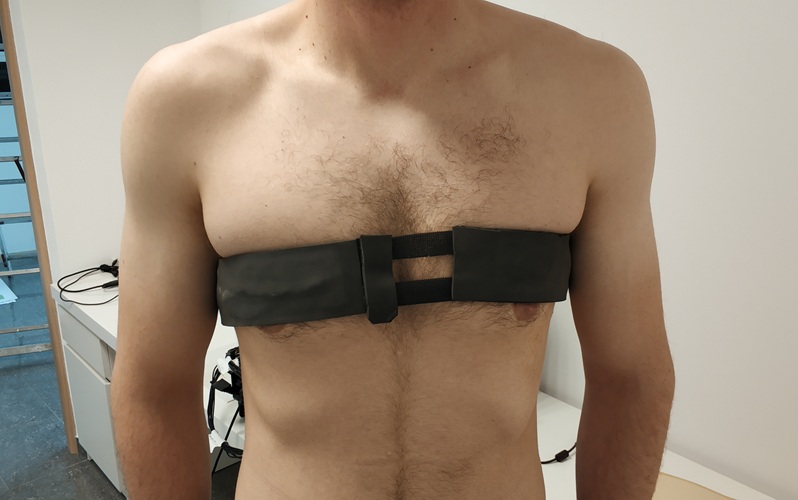
First-Of-Its-Kind Wearable Device Offers Revolutionary Alternative to CT Scans
Currently, patients with conditions such as heart failure, pneumonia, or respiratory distress often require multiple imaging procedures that are intermittent, disruptive, and involve high levels of radiation.... Read more
AI-Based CT Scan Analysis Predicts Early-Stage Kidney Damage Due to Cancer Treatments
Radioligand therapy, a form of targeted nuclear medicine, has recently gained attention for its potential in treating specific types of tumors. However, one of the potential side effects of this therapy... Read moreImaging IT
view channel
New Google Cloud Medical Imaging Suite Makes Imaging Healthcare Data More Accessible
Medical imaging is a critical tool used to diagnose patients, and there are billions of medical images scanned globally each year. Imaging data accounts for about 90% of all healthcare data1 and, until... Read more
Global AI in Medical Diagnostics Market to Be Driven by Demand for Image Recognition in Radiology
The global artificial intelligence (AI) in medical diagnostics market is expanding with early disease detection being one of its key applications and image recognition becoming a compelling consumer proposition... Read moreIndustry News
view channel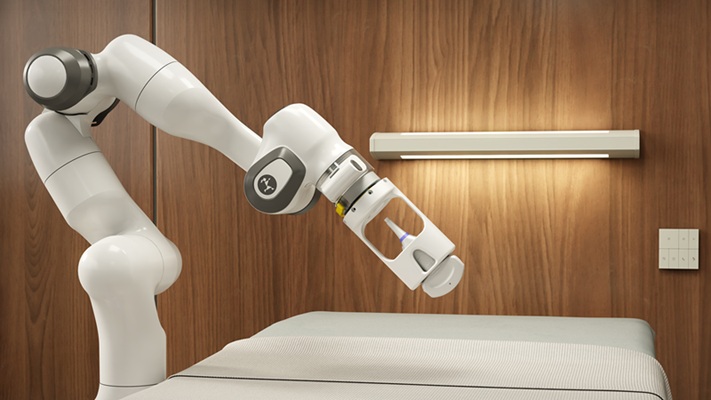
GE HealthCare and NVIDIA Collaboration to Reimagine Diagnostic Imaging
GE HealthCare (Chicago, IL, USA) has entered into a collaboration with NVIDIA (Santa Clara, CA, USA), expanding the existing relationship between the two companies to focus on pioneering innovation in... Read more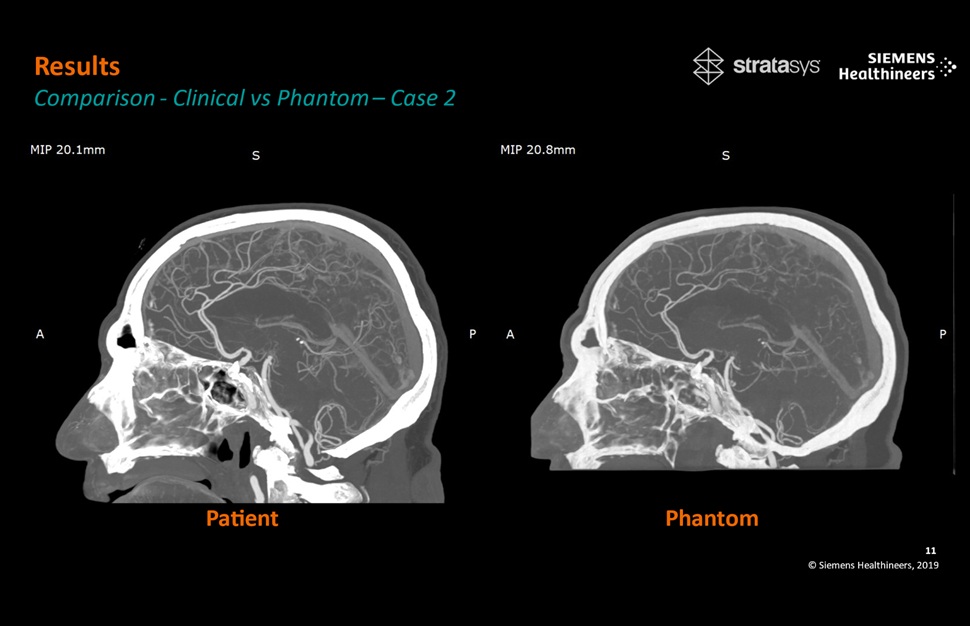
Patient-Specific 3D-Printed Phantoms Transform CT Imaging
New research has highlighted how anatomically precise, patient-specific 3D-printed phantoms are proving to be scalable, cost-effective, and efficient tools in the development of new CT scan algorithms... Read more
Siemens and Sectra Collaborate on Enhancing Radiology Workflows
Siemens Healthineers (Forchheim, Germany) and Sectra (Linköping, Sweden) have entered into a collaboration aimed at enhancing radiologists' diagnostic capabilities and, in turn, improving patient care... Read more